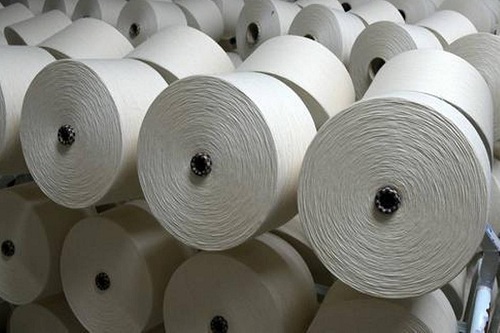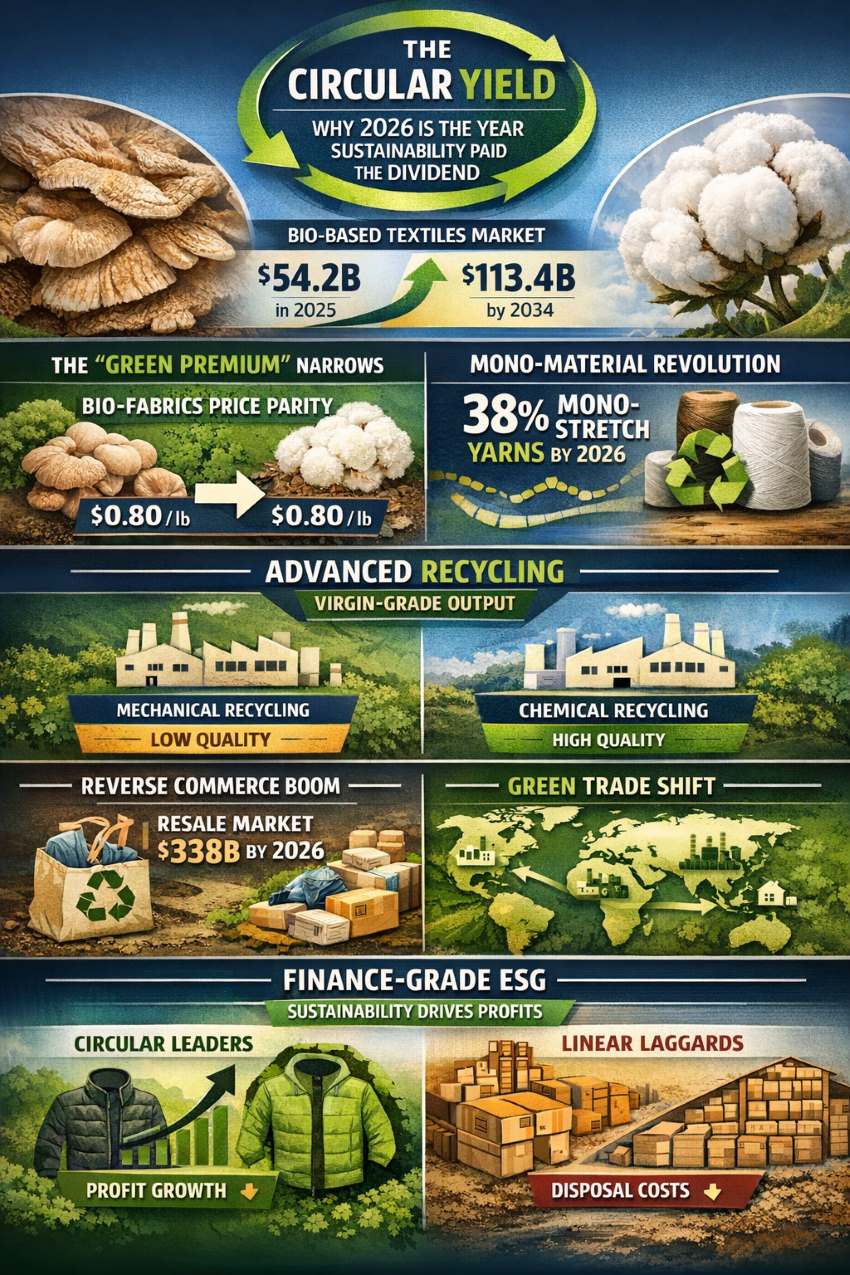 In an open letter to the chairman of Apparel Export and Promotion Council, CMAI chairman, presidents and secretaries of all garment and hosiery associations and prominent garment and hosiery manufactures, Rikhab C Jain, Chairman, T.T. Ltd has written the stats put forward by CITI and Spinning Associations to the Minister of Textiles, Commerce and Railway, Piyush Goyal on cotton and cotton yarn price rise is skewed and incorrect. He writes, indeed there are conflicting interests within India’s textile industry but no stakeholder should give wrong information, incorrect, skewed and twisted data about the impact of over 70 per cent rise in cotton prices within last few weeks.
In an open letter to the chairman of Apparel Export and Promotion Council, CMAI chairman, presidents and secretaries of all garment and hosiery associations and prominent garment and hosiery manufactures, Rikhab C Jain, Chairman, T.T. Ltd has written the stats put forward by CITI and Spinning Associations to the Minister of Textiles, Commerce and Railway, Piyush Goyal on cotton and cotton yarn price rise is skewed and incorrect. He writes, indeed there are conflicting interests within India’s textile industry but no stakeholder should give wrong information, incorrect, skewed and twisted data about the impact of over 70 per cent rise in cotton prices within last few weeks.
Incorrect facts on cotton and cotton yarn price rise
Jain highlights CITI statement that cotton accounts for 55 to 60 per cent of yarn cost and yarn cost account 20 to 25 per cent of the garment and made up cost is untrue thereby creating a wrong impression on decision makers. Jain counters CITI statement that says yarn cost for garment is 20 to 25 per cent only. “Yarn cost for garment, made up and hosiery articles will range from 40to 65 per cent depending upon lower segment, middle segment or higher segment products. Obviously packing cost and value addition is more in case of elite products but even their yarn cost is not less than 40 per cent. In case of fabric, yarn cost may touch even 80 to 85 per cent. For instance, for white cotton knitted fabric the value addition is just 15 to 20 per cent,” Jain writes.
25 per cent of the garment and made up cost is untrue thereby creating a wrong impression on decision makers. Jain counters CITI statement that says yarn cost for garment is 20 to 25 per cent only. “Yarn cost for garment, made up and hosiery articles will range from 40to 65 per cent depending upon lower segment, middle segment or higher segment products. Obviously packing cost and value addition is more in case of elite products but even their yarn cost is not less than 40 per cent. In case of fabric, yarn cost may touch even 80 to 85 per cent. For instance, for white cotton knitted fabric the value addition is just 15 to 20 per cent,” Jain writes.
He goes on to say “Spinning Mill Associations and CITI have wrongly printed papers to impress that rise in cotton prices and cotton yarn prices have not gone up in tandem.” Cotton yarn prices have moved up over 65 per cent against cotton price rise of 80 per cent in the post COVID period. This clearly shows, yarn prices has moved up much more than warranted. “Even if cotton cost is taken as 60 per cent of yarn cost, yarn prices should not have increased by more than 50 to 55 per cent (assuming 10 per cent inflation in other costs).” And this has impacted clothing prices at a time when consumers are hard up on spending.
Jain goes on to explain as price of knitting, processing and margins of spinning mills have increased, garment and apparel sector must raise the issue of increased burden due to cotton and yarn price rise. “Lot of spinning mills earn reasonably but not unduly. Lets not speculate in cotton, not disturb the textile industry, the mother industry of India.” He argues, the facts presented to the minister are wrong and disturbing and were presented with an objective that the government should not to take any action against speculation and cotton speculators.
In his letter Jain has urged all garment, apparel and hosiery, made ups, fabric manufacturer including Khadi and handloom to take immediate action on the crisis due to rising cotton prices. He sums up by saying “Let fresh representation be made to the government and spinners associations. CITI in fact is not an apex textile body but only a new version of Indian Cotton Mills Federation (ICMF).”












